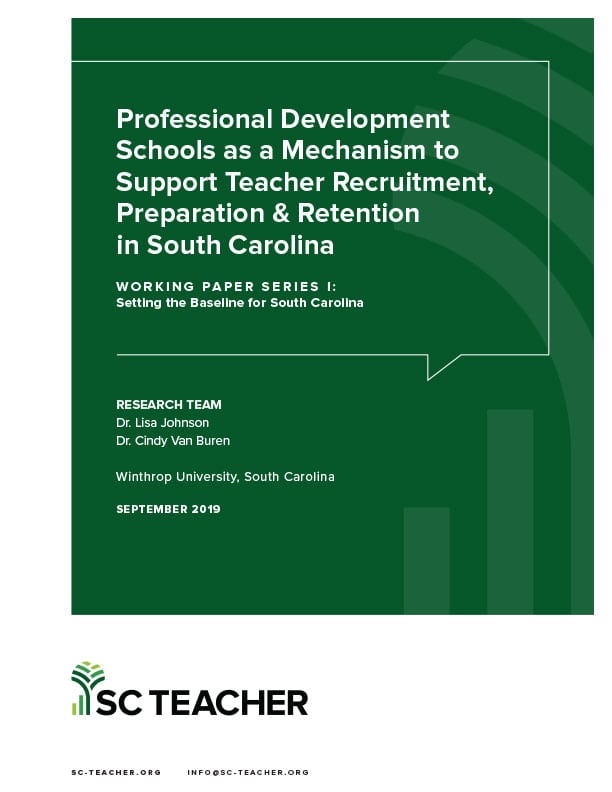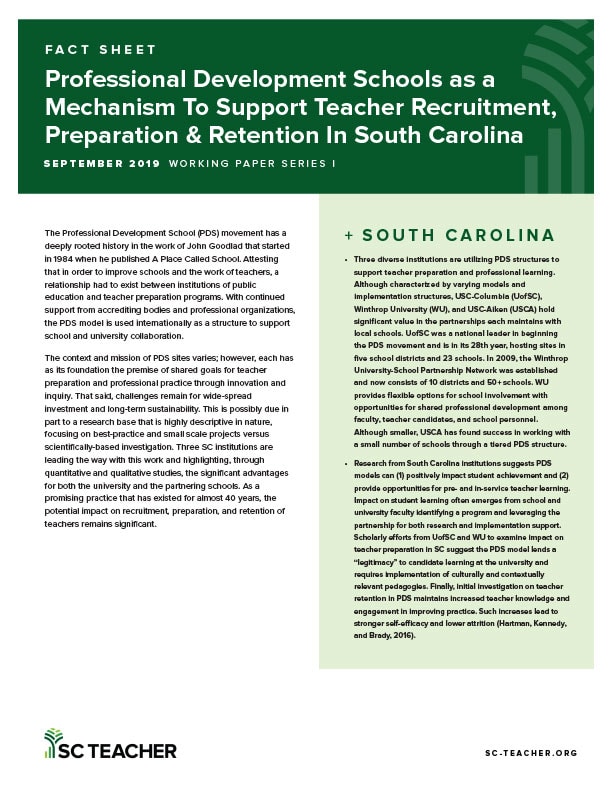ABSTRACT
The Professional Development School (PDS), at its best, is “a superb laboratory for education schools to experiment with the initiatives designed to improve student achievement” (Levine, 2006, p. 105). Analogous to teaching hospitals where senior physicians provide mentorship to more novice physicians while engaging in research in both medical practice and education, PDSs provide opportunities for direct interactions between master and novice teachers in the company of P-12 students (Goodlad, 1984). These clinical partnerships between preparation programs and schools offer opportunities for shared professional learning, engagement of professionals in research, and implementation of a “grow your own” model for teacher recruitment. Despite their power, the complexities of creating, managing, and sustaining a PDS partnership often discourage such collaborations between P-12 schools and higher education. Continued lack of resources along with “questionable structures, ambiguous purposes, or inconsistent support” feed the challenges of widespread implementation (Hunzicker, 2018, p. 3). We attest that the value of the PDS supersedes such challenges. The dedicated space to engage in simultaneous renewal for the school and the university is unmatched. This paper provides a brief history of the PDS movement, explores foundational PDS standards and structures, and highlights impact evidence from South Carolina institutions. Recommendations for future efforts build on current research toward a more comprehensive approach to supporting teacher recruitment, preparation, and retention through Professional Developments Schools.



